Introduction by Heidi Ware Carlisle, IBO Education and Outreach Director
Articles by IBO student interns Hannah Kopp, Jack Knutson, and Mariah Hoel below.
One of the goals of our work at the Diane Moore Nature Center is to use this outdoor classroom to enhance the undergraduate experience for students in the Treasure Valley. As an alumnus of Boise State University myself, and someone who profoundly benefited from my undergraduate field experiences, I’m passionate about expanding these opportunities for Boise State and College of Western Idaho (CWI) students.
Visiting IBO’s Lucky Peak songbird banding station during my freshman year was literally career and life-changing!
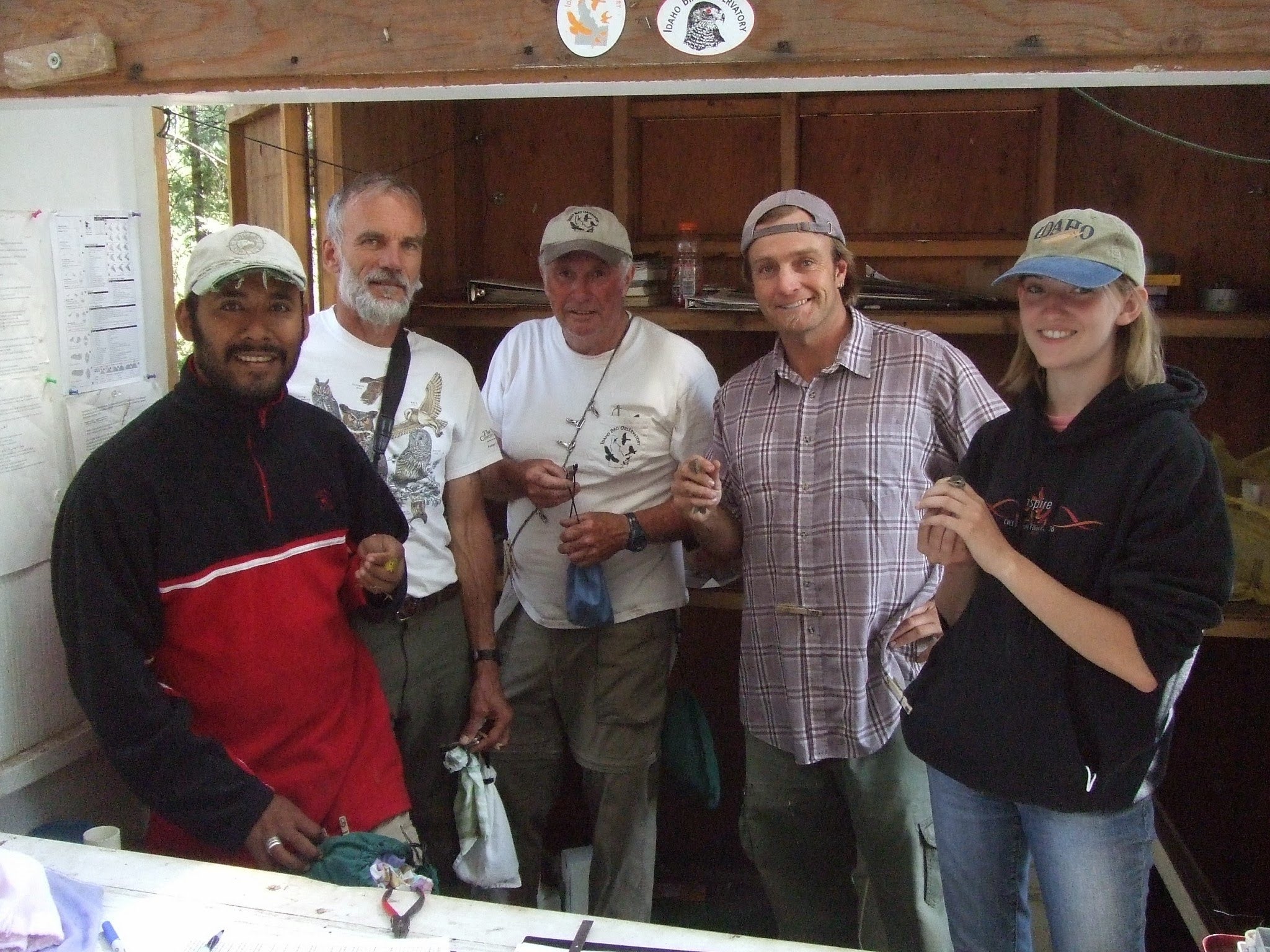
Over the past 3 semesters, blending our existing undergraduate opportunities with the Vertically Integrated Project (VIP) program has really allowed us to take our undergraduate involvement to the next level. Not only do students get valuable experience that we hope they take to their future careers or schooling…
…but they also receive credit for their work in the process!
We’re slowly chipping away at the old way of doing things, where students were expected to work for free to gain necessary career experience.
This year, rather than share my usual update from our K-12 programming and bird banding research (which were both great successes!) I’m proud to feature stories below from three of our undergraduates. Each has taken something different from the program, and together these articles exemplify the transformative power of hands-on learning and mentorship.
I hope you will enjoy hearing from them first-hand how these opportunities have shaped their outlook and career-readiness.
If you or someone you know is a student interested in the VIP program, please email me to learn more. We have up to 10 openings remaining for spring and fall 2024.
My Experience with IBO Has Been Anything but a ‘Bird’en
By Hannah Kopp, IBO Student Intern
In March 2023, I checked my email almost every hour of every day. I eagerly awaited the response to find out if I was accepted as a trainee with the IBO’s VIP program. One can imagine my excitement when I received a reply telling me I had been accepted! Since this was my first traineeship, I had no idea what to expect. All I knew was that I was excited to learn and grow my experience outside of the classroom.
Little did I know that this would be literally one of the best summers of my life.
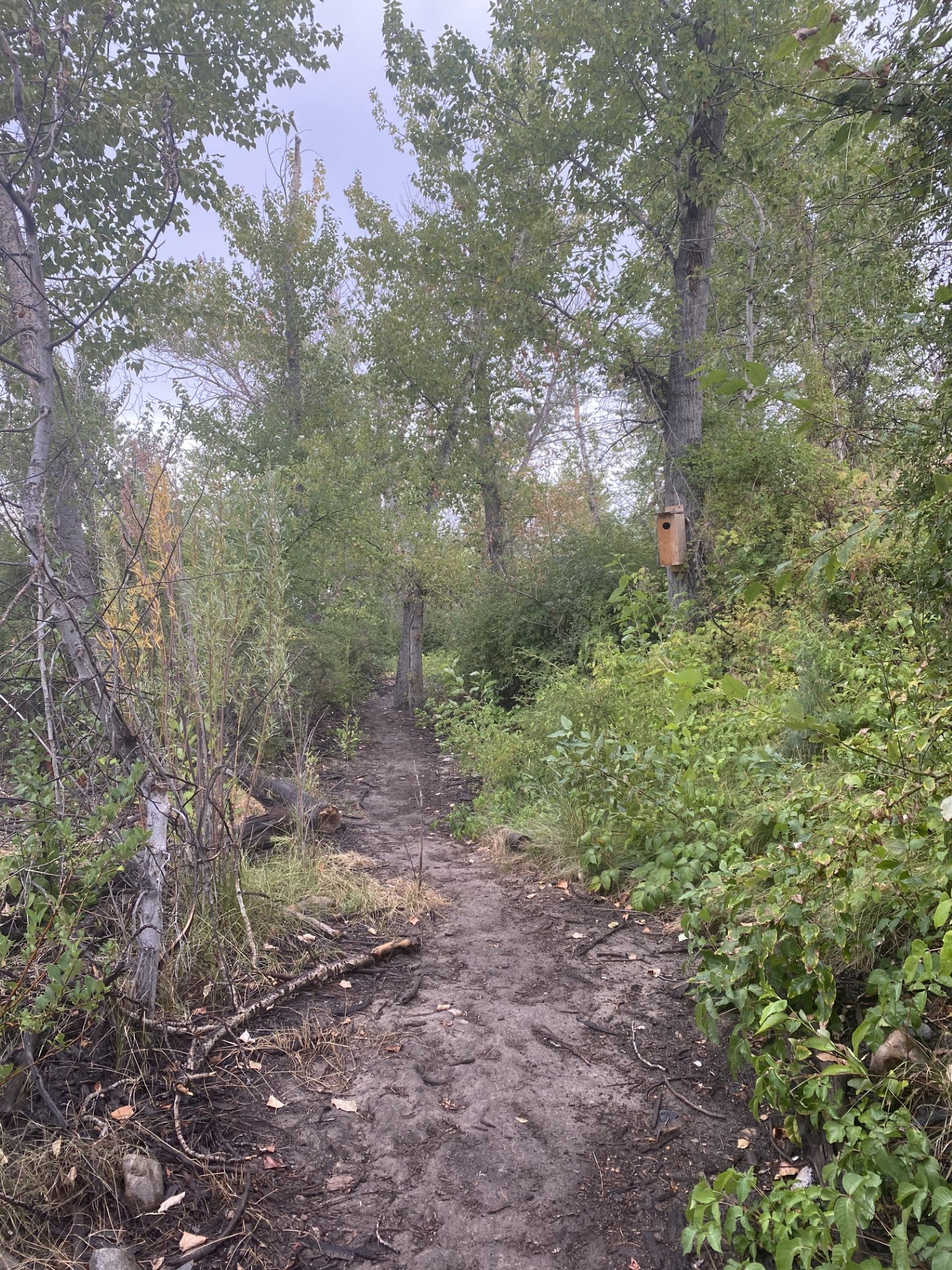
Fast forward to May, and I was enamored with the beauty of the Diane Moore Nature Center, or “the Boise River site,” as we call it. The first thing I noticed was the Woods’ Rose beginning to bloom- a simple walk through the area captivated me with the smell. However, the Woods’ Rose wasn’t the only thing I fell in love with. The area is covered in many native species, including cottonwood trees, blanket flower, cleome, sunflowers, and one of my favorites, the native Showy milkweed. Milkweed became one of my favorites because it is the home for monarch caterpillars in their first weeks of life.
Believe it or not, I also grew to love Poison-ivy, as it serves as habitat and food source for a plethora of local species!
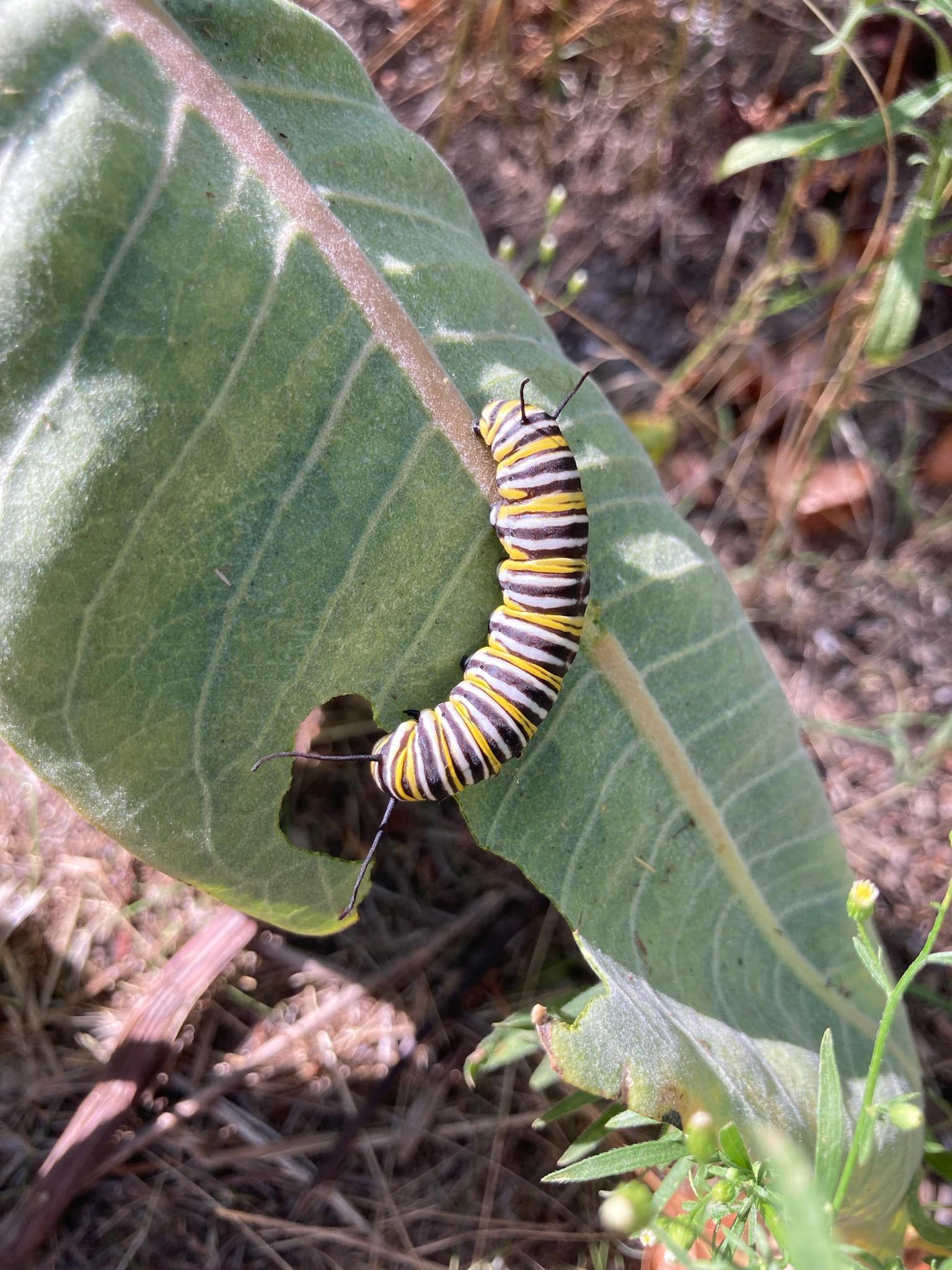
Native plants are not the only species I had the privilege of interacting with during my IBO experience. Heidi Ware Carlisle, the Education Director for IBO, coordinates songbird banding research events to study migration patterns, population growth, and more at the Diane Moore Nature Center.
Through this traineeship, I was able to attend multiple banding events where Heidi educated about the different species inhabiting the area.
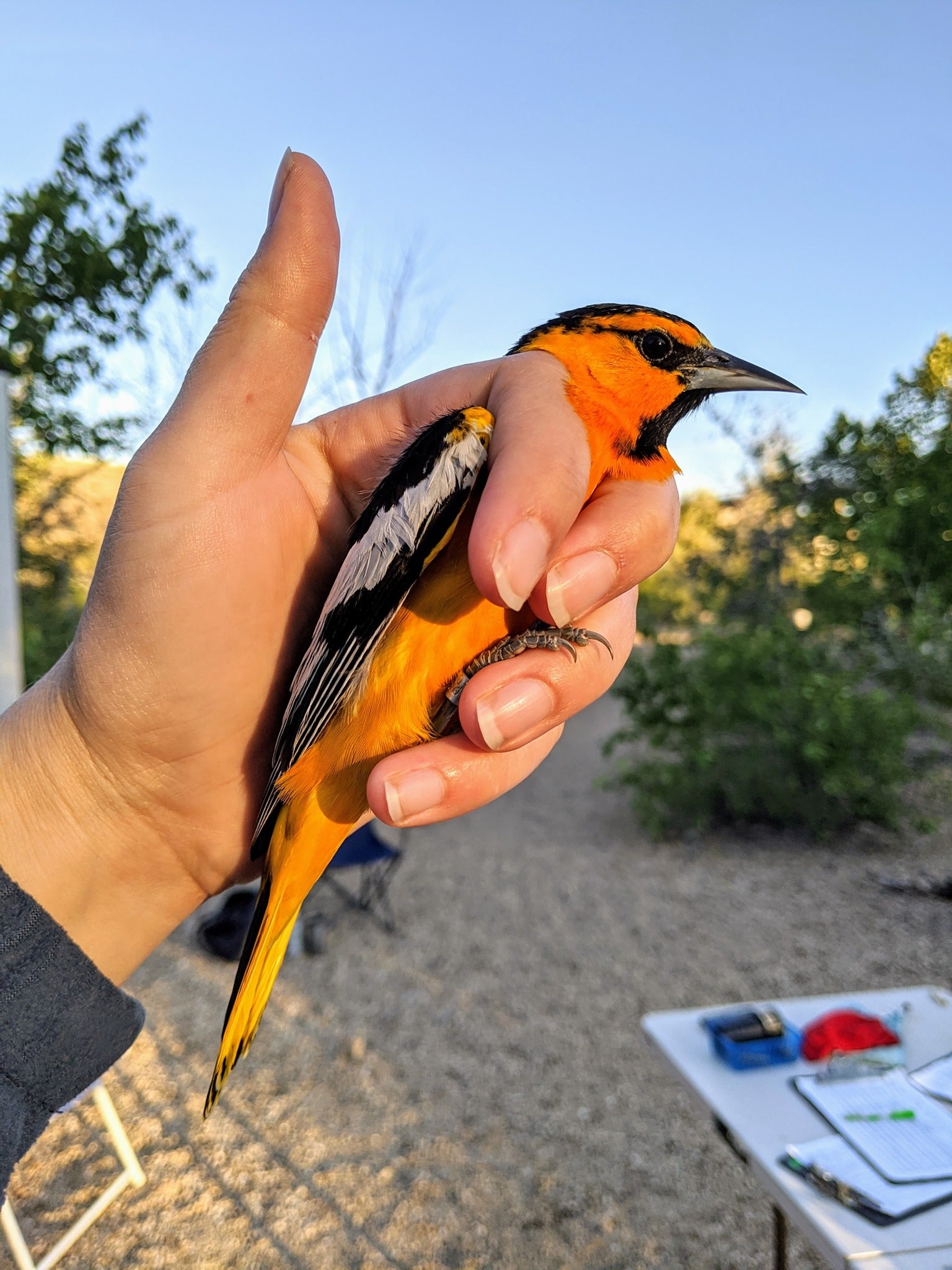
I was pleasantly surprised to learn how many songbirds call the Boise River site “home,” some just for the summer. Some of my favorites of the season were Yellow Warblers and Ruby-crowned Kinglets. Not only was I given an up-close view of just how adorable each species is, but I was able to learn the types of data taken on the birds and how that data is obtained.
A couple highlights for me were learning how to properly hold a bird when banding and feeling the rapid heartbeat of a Black-chinned Hummingbird!
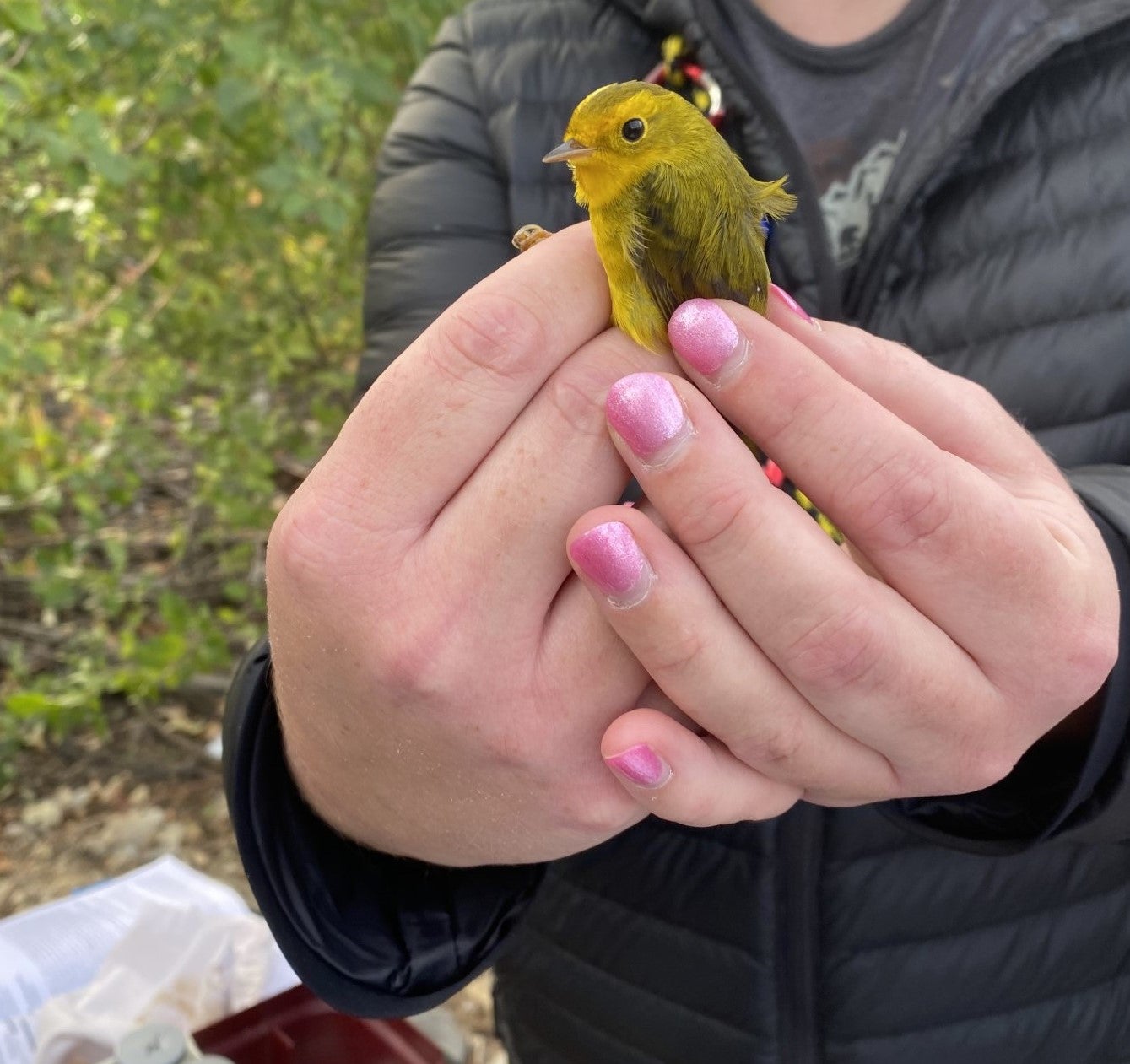
Not only was I able to interact with the songbird species of the site, but I was offered one of the coolest experiences of my life through IBO- raptor trapping! Greg Kaltenecker, the Executive Director for IBO, brought me and a fellow student intern to Lucky Peak to observe raptors in their Fall migration. I learned a great deal about the raptors of Idaho, especially how to identify different species and their behavior. We banded and released 21 raptors that day, including Cooper’s Hawks, Sharp-shinned Hawks, American Kestrels, and a couple of Merlins.
I felt like a little kid on Christmas morning!
The enthusiasm of Greg and his fellow researcher was contagious, and the entire experience was one I will never forget. Each bird had their own “personality,” and it was incredible to interact with each one.
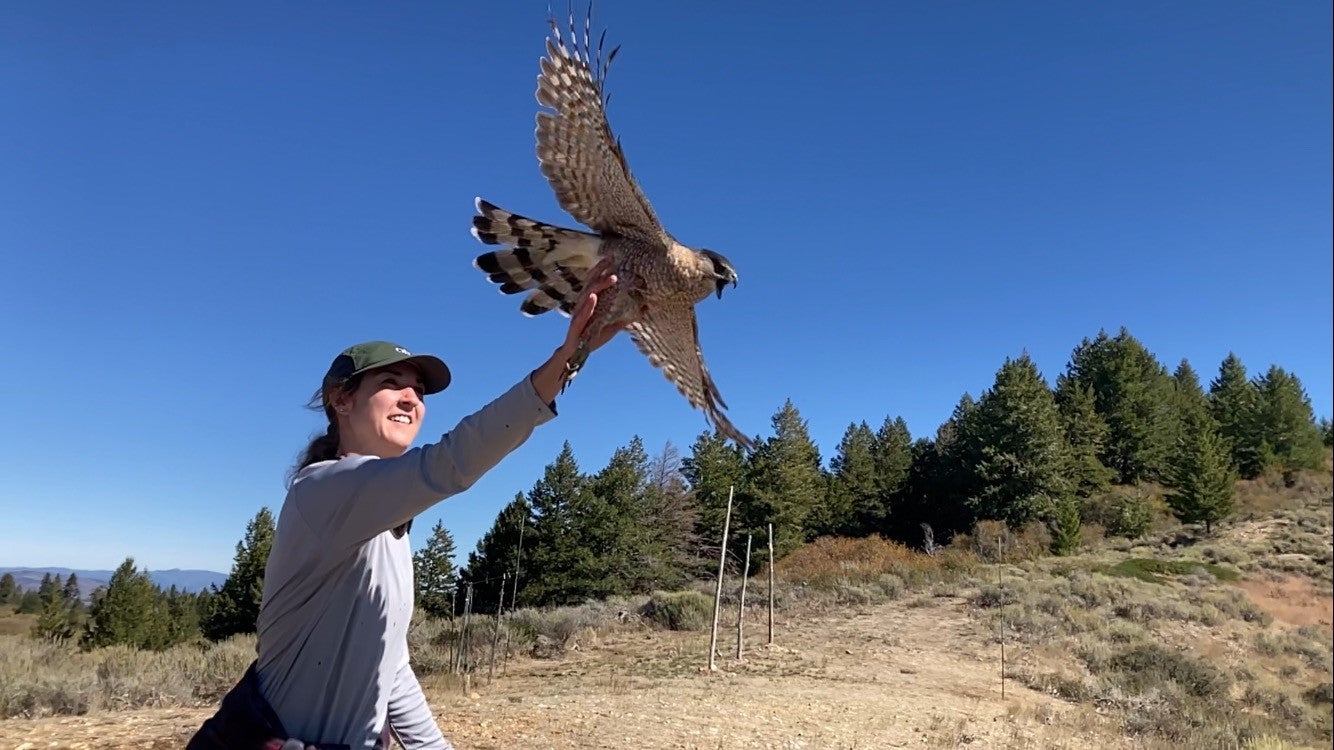
Needless to say, my experience with IBO has exceeded my expectations!
I experienced hands-on learning opportunities that complemented and reinforced knowledge gained in my college coursework. From beginning my day at the river to interacting with dozens of bird species, this experience made my summer one I will never forget!
“Nice To ‘Tweet’ You” – Making Friends in High Places
By Jack Knutson, IBO Vertically Integrated Project student
Everyone has likely heard the classic saying of “it’s not about what you know, it’s who you know.”
This phrase has always loomed over my head as I’ve looked towards my future as a biologist, especially as I’ve witnessed many of my peers graduate and be left out in the world with no connections to others in our major. I’ve also witnessed countless success stories of people graduating and entering the career of their lives, somehow finding it easy to get a stable career right after college. I remember a time roughly a year ago when I was really starting to get serious about what I wanted to do with biology. I was searching for any internship I could get (primarily hoping for one with the Idaho Department of Fish and Game) and I had absolutely no luck in connecting with anyone.
My dreams of leaving Home Depot were not met, and I, a 20-year-old sophomore, thought I was doomed to never becoming a biologist.
Now I’ll admit, I catastrophize a little, and Home Depot isn’t bad to work for except that my true calling is to be a scientist. I was getting a little ahead of myself back then, and as I’ve come to learn this semester, great things come to those who wait. During my spring semester of my sophomore year, I became acquainted with one of my fellow biology students Jae, who told me about the IBO and showed me trail cam footage of a bobcat that had been stalking the property.
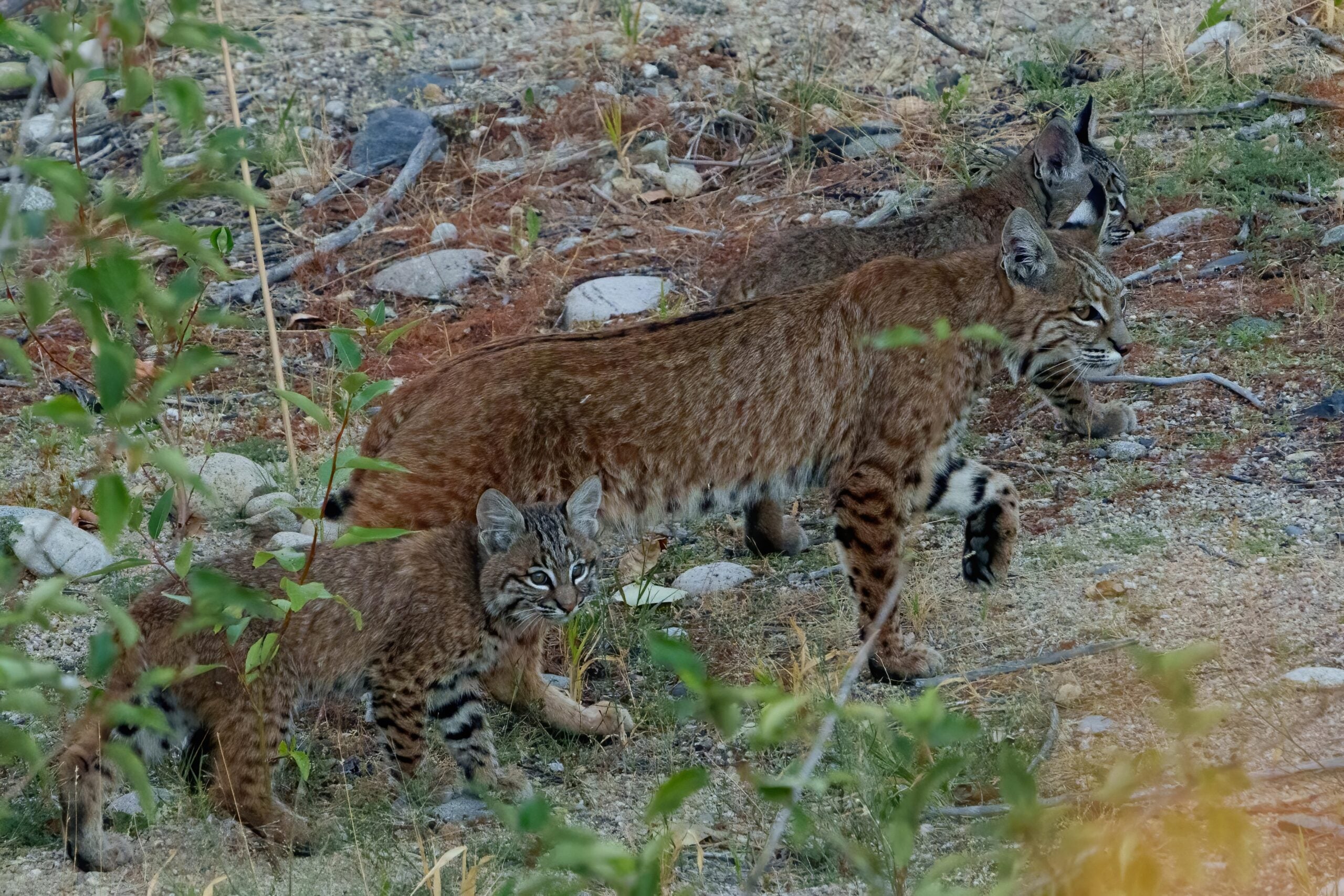
This was the first time I had ever known someone who was involved in the “Vertically Integrated Project, or “VIP” program at Boise State, as well as my first exposure to the IBO. I knew I needed to get into a VIP program if I wanted to get some hands-on experience for my major.
Working in habitat restoration and songbird banding sounded quite promising!
Fast forward to this semester. I’m no longer working for Home Depot, I’m doing songbird banding with Heidi and her team, and I’m meeting like-minded biology students like Mariah who are working towards a similar goal to mine.
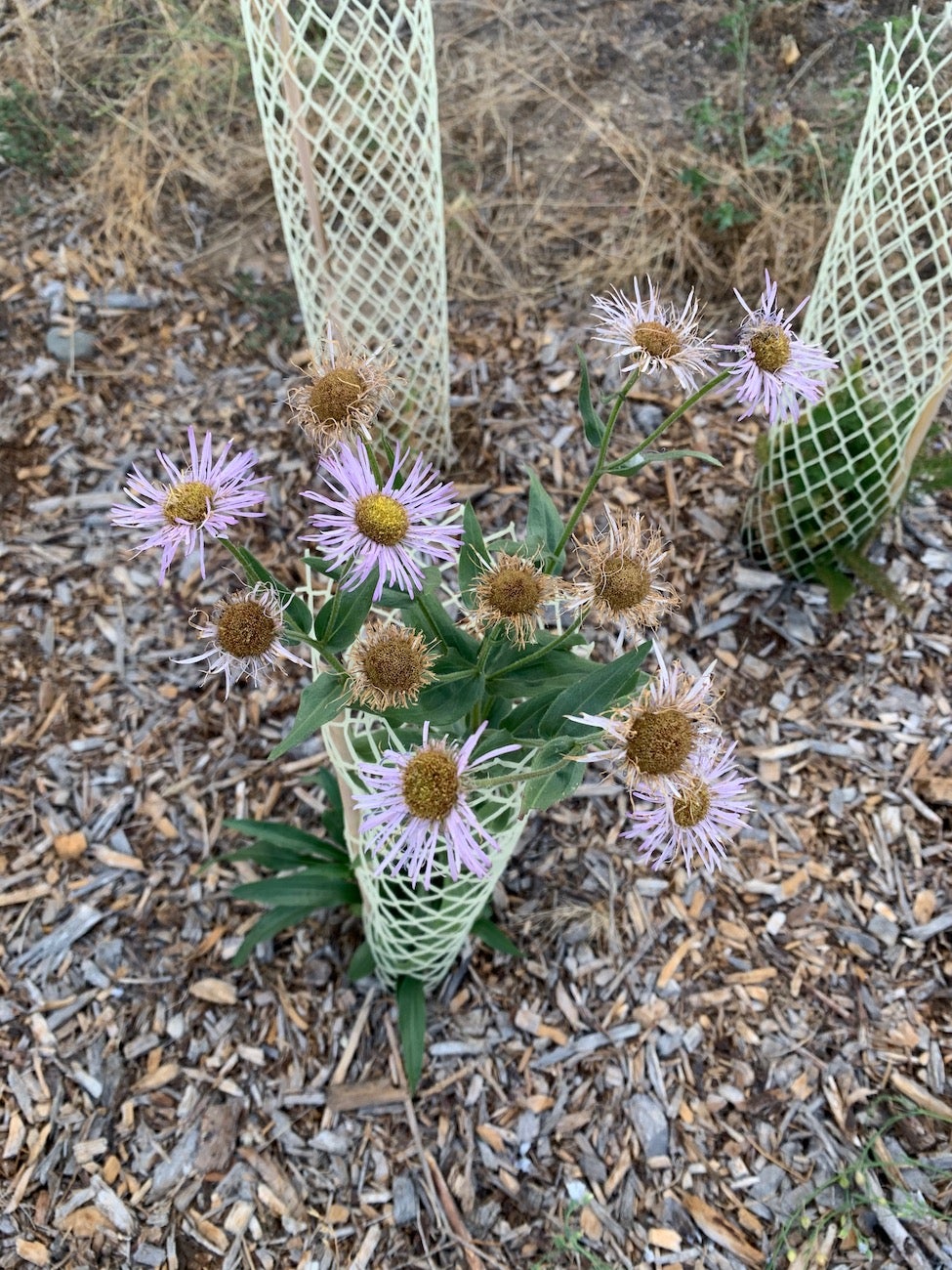
If sophomore year Jack could see junior year Jack, he would be proud.
Not only have I gotten the chance to learn more about our local bird populations and see how real professionals in my field conduct research, I’ve also been given the chance to connect with others in biology and set my foot on the path of graduate school.
Heidi and the team have been such a wonderful resource for me to connect with. I’ve met several different banders from many different paths, and in a way, I’ve come into a deeper understanding of what the field of biology looks like from an interpersonal perspective. I was overly excited to find that the senior members of the IBO knew my potential future employer, as well as the professor at BSU I am looking to do lab research for in the spring. I was further introduced to other songbird banders who have worked in biology for a long time and could offer me advice on different career and education paths.
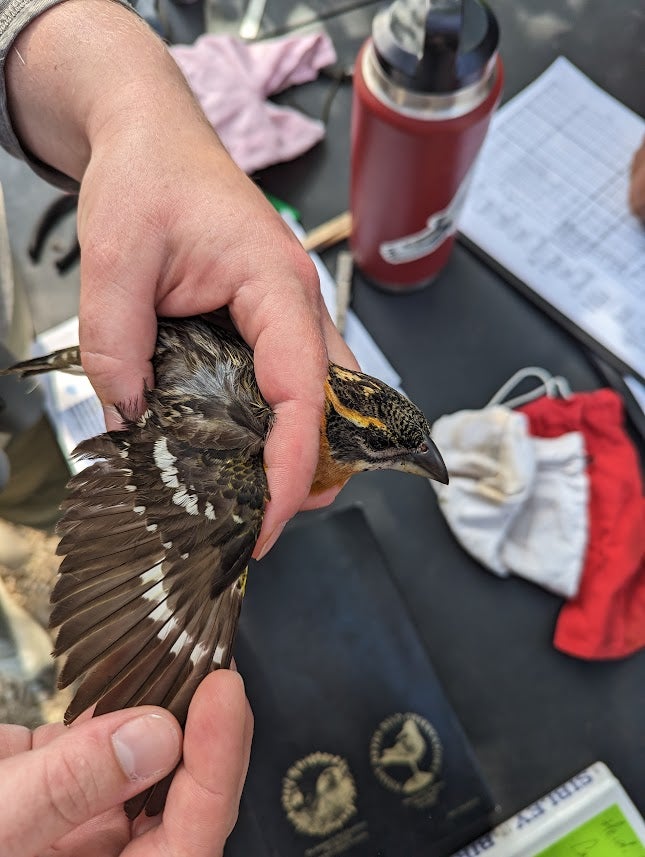
As I move forward into my final year as an undergraduate student, I know that I have a strong network of people who can mentor me and help me find the answer to…“what’s next?” If it wasn’t for the time I spent helping with banding and habitat restoration – as well as Heidi’s willingness to “play 20 questions” about graduate school – I would not have had the chance to learn so much about what it means to be a biologist.
From Roots to Wings: What I Did This Summer
By Mariah Hoel, IBO summer intern and Vertically Integrated Project student
On a nice day if you pick a spot along the side channel, sit very still and be very quiet, the entire place comes alive. Black-capped Chickadees and Song Sparrows land in the bushes close enough to touch, dragonflies zip above your head, small fish come right up to the water’s edge, Crayfish crawl out from under their rocks, and if you’re lucky, a Cooper’s Hawk might perch nearby.
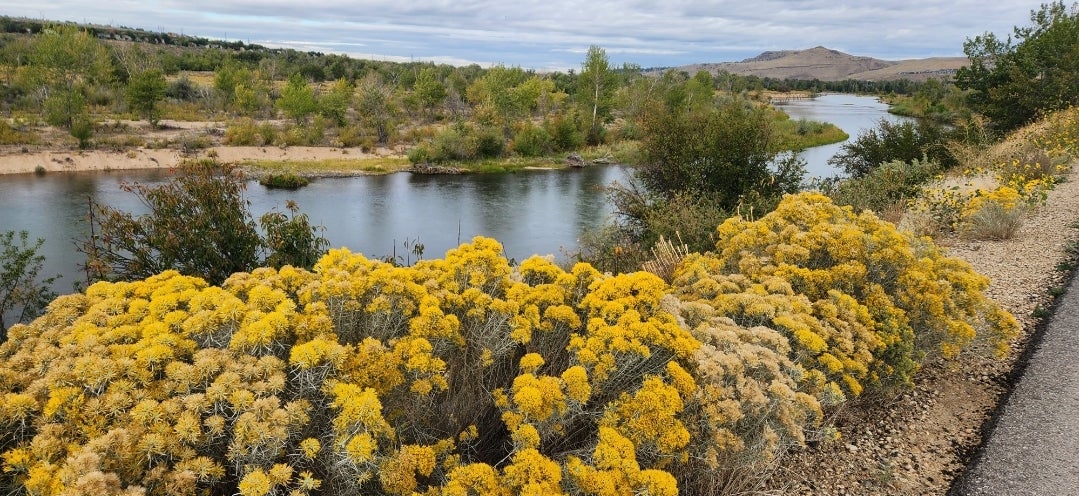
After three seasons working down at the Diane Moore Nature Center I feel like I am greeted by old friends when I pull into the parking lot and walk down to the main crossing.
I park in front of the sunflowers that I have been watching grow all season. As I walk down toward the main crossing I check out the Mountain Beeplant and Curlycup Gumweed we planted and make a mental note to gather their seeds so we can spread them again. I see the willow cuttings that were underwater when the side channel flooded and are now hale and healthy young trees. I note where the milkweed plants are growing well so we can plan to spread their seeds in those areas.
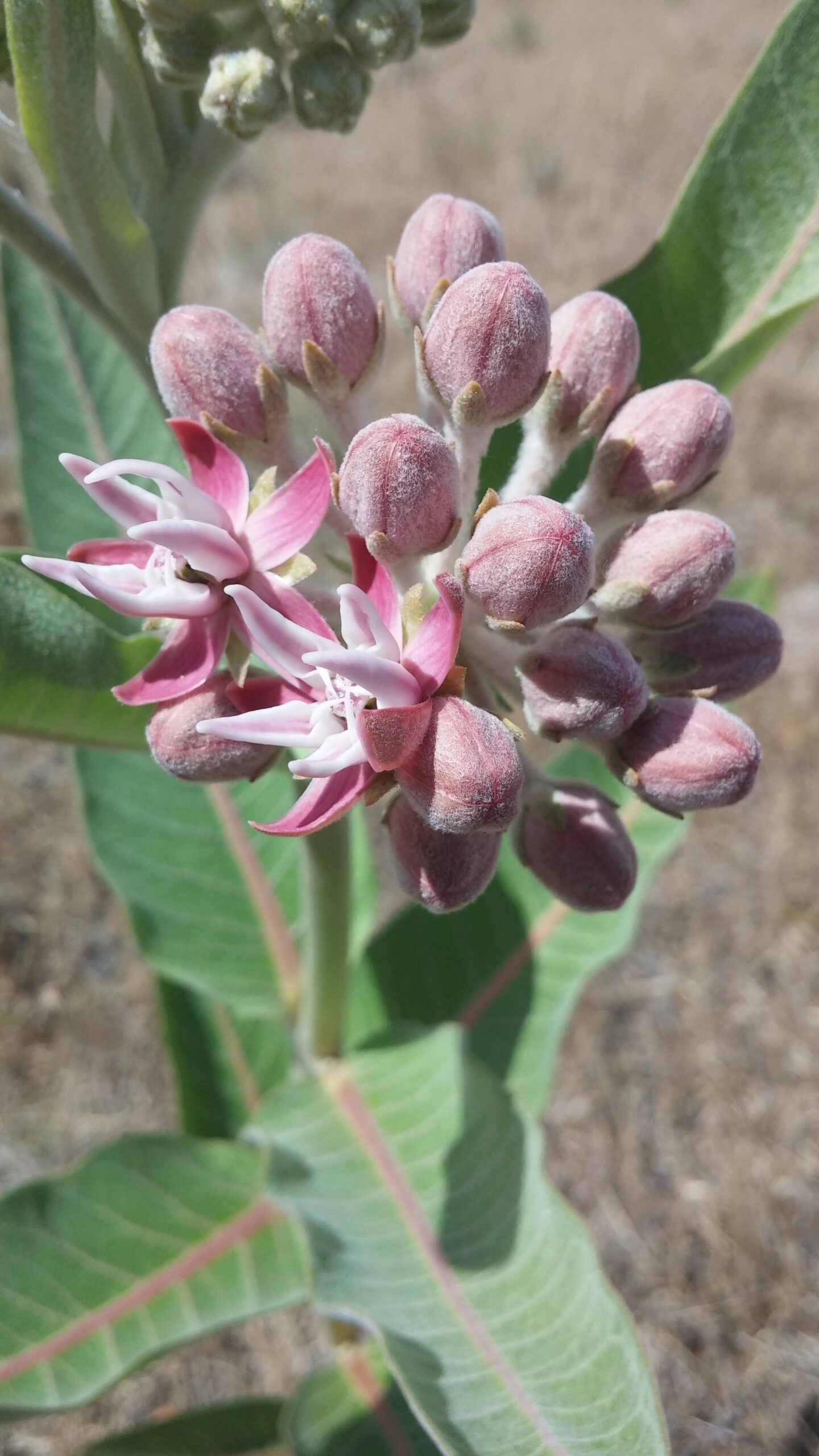
The Belted Kingfisher calls down the side channel and swoops past on his daily grocery run. The ease that comes with being in a place I know well is never boring however, because every time I am there I see something new: a different bird species, a new plant or cool bug, what perennial plants look like in various life stages.
I know I will never run out of things to learn!
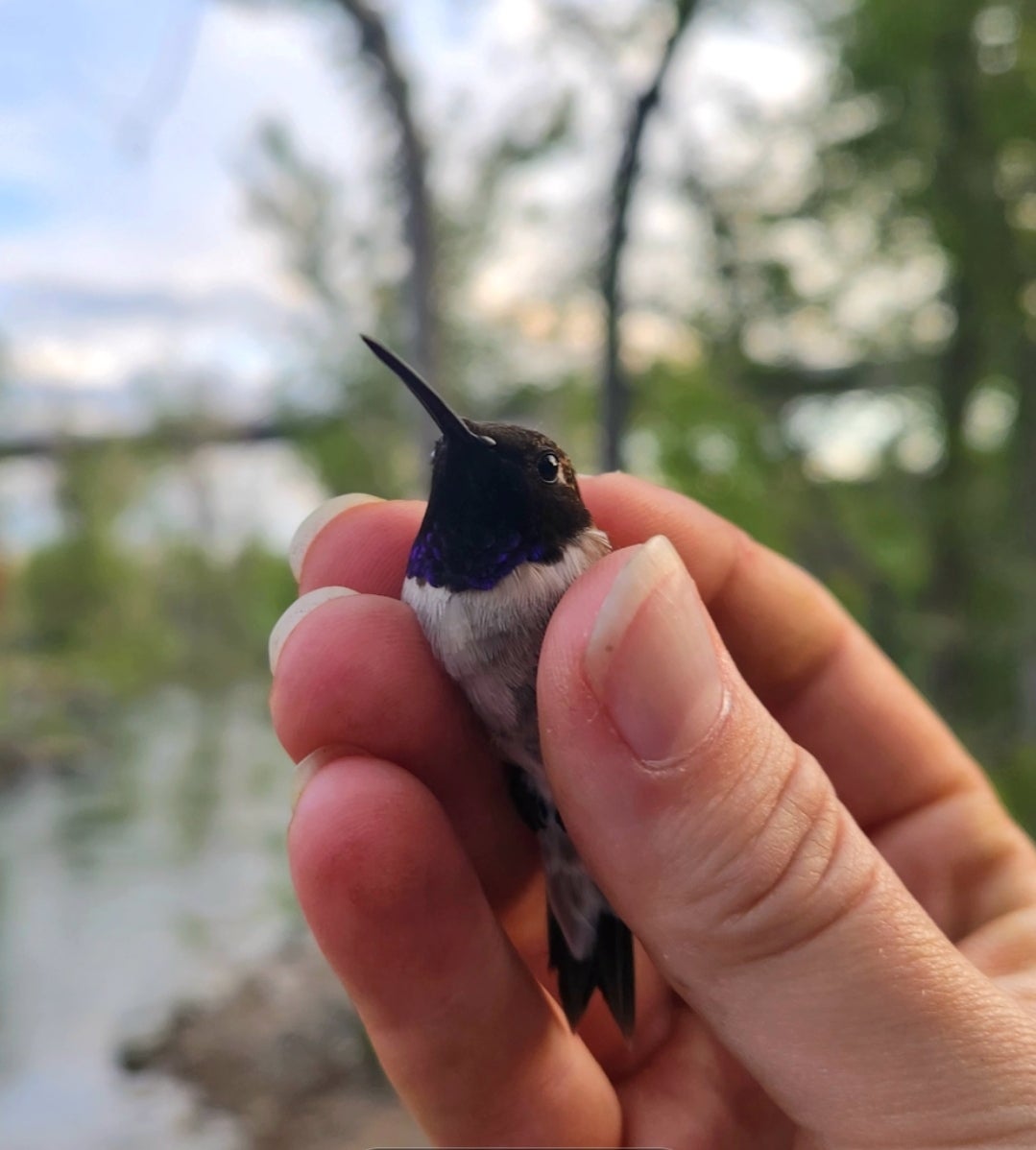
In one of my last semesters at CWI I took a class called “Professions In Biology” that was run by Gary Heller. That class inspired me to get involved with volunteer opportunities and led me to join the VIP program. I joined up with IBO in January of 2023 not really knowing what to expect, only knowing that their VIP program was advertised as a “Field Restoration” course. I figured I would be doing a lot of “grunt work” and learning a few things about restoring native plant populations and seeing the benefits of that.
The reality far surpassed my expectations!
I ended up staying to complete a summer internship and to take the VIP again in the fall when I transferred to BSU. I plan to continue working down at the site until Heidi and Greg get sick of me (haha!).
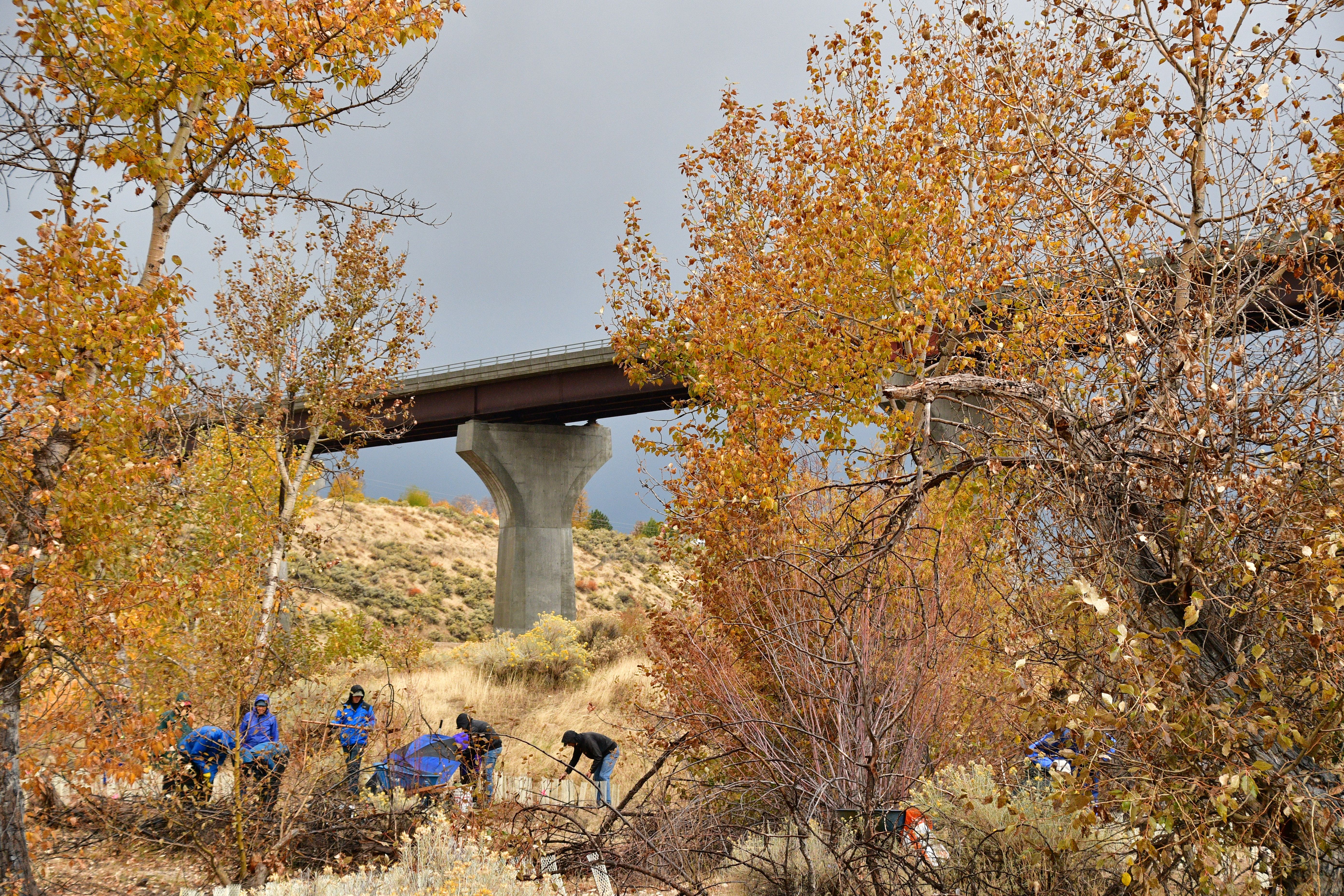
Being able to work on the site and watch the evolution of the ecosystem through the seasons has been nothing short of amazing, but I also discovered a passion for birds that I only had scratched the surface of on my own. When June rolled around and Heidi Ware Carlisle started the breeding season songbird banding, I was exposed to a whole new world of research that was hands-on and up close. There aren’t many things that would convince me to be somewhere before dawn…
…but songbird banding had me setting my alarm for 5 AM and hopping out of bed as soon as it went off!
Watching Heidi and the banding crew work was so different from any research I had ever done for a class, and the entire crew was so kind and helpful. Every time I asked a question they were excited to teach me, and I have learned more from them about birding/bird research in one summer than I have in the past two years of trying to teach myself.
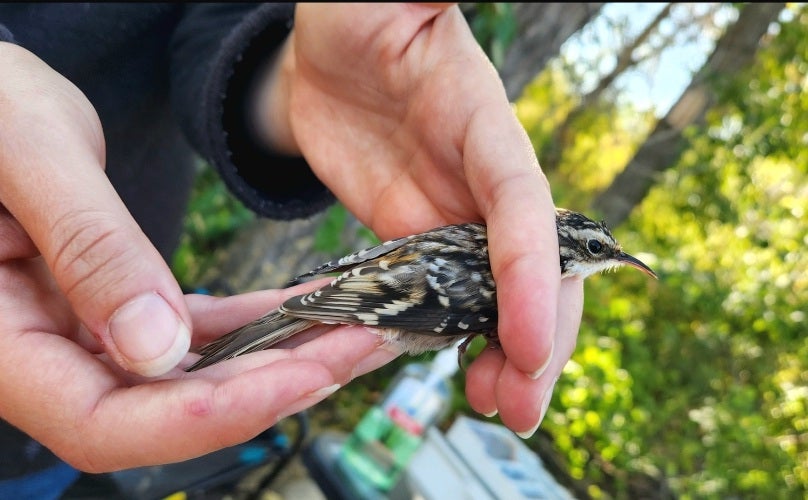
Besides getting to take part in songbird banding, fellow intern Hannah and I were also invited to go raptor trapping up at IBO’s Lucky Peak station with Greg Kaltenecker, the Executive Director of Intermountain Bird Observatory. Along with Phil Stollsteimer, an avian research field technician, we captured 21 raptors over the course of 8 hours.
It was a truly unique experience and one I will never forget!
We caught Merlins, American Kestrels, Sharp-shinned Hawks, Cooper’s Hawks, and were even teased by a few Red-Tail Hawks and a Prairie Falcon. Phil was incredibly kind and knowledgeable and very patiently answered each of our million and one questions. With every single bird that came through, even though he’s been doing this for decades, Greg was like a kid on Christmas morning and his enthusiasm was as contagious as it was inspiring.
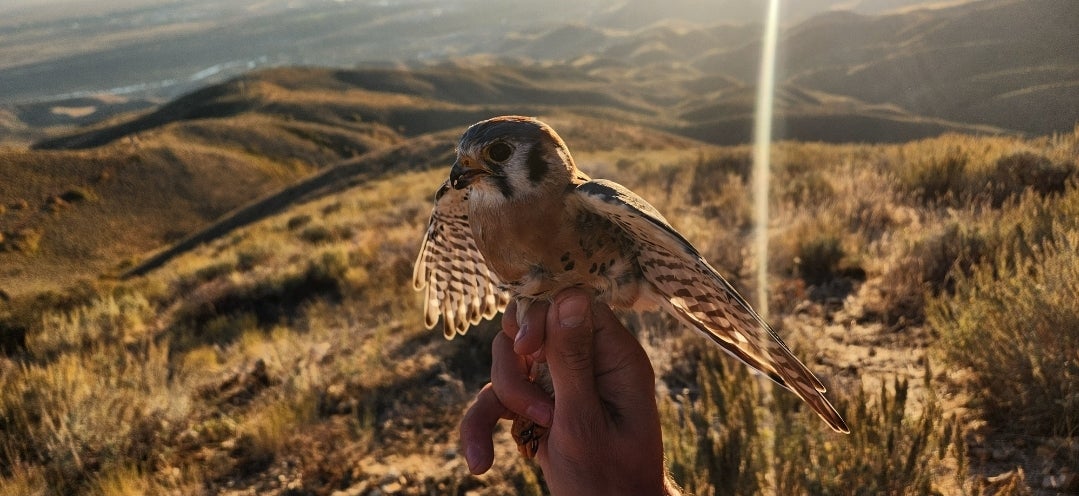
This experience I have gained with IBO is so much more than I ever imagined it would be, and gaining these skills and experiences has encouraged me to never stop learning.
As a result, it has inspired me to finally take the leap!
I have decided to pursue a Master of Science in Biology at BSU once I’ve finished my Bachelor’s degree. This experience has been the most valuable experience in my academic career, hands down, and I want to continue researching birds, habitat management and learning new things for the rest of my life.
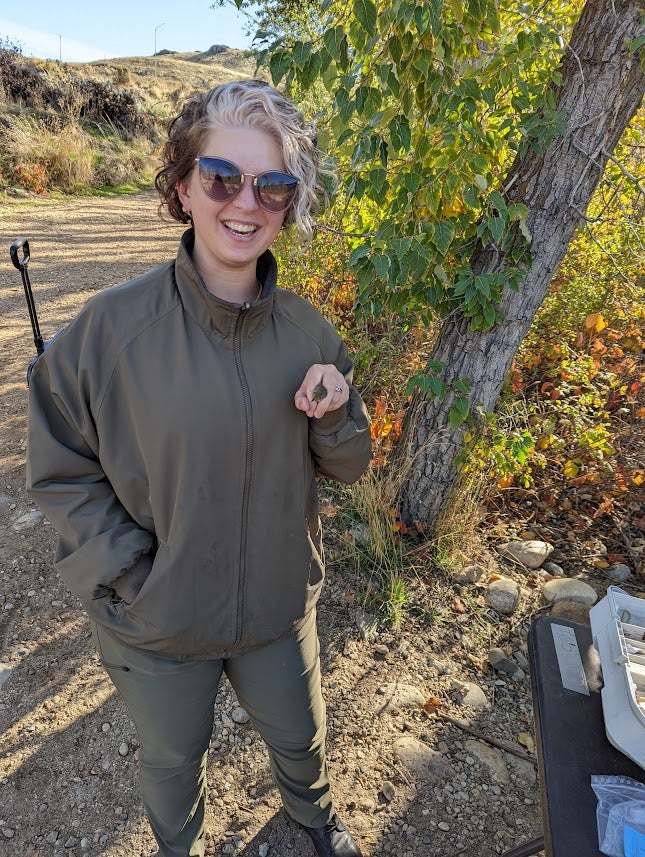
This article is part of our 2023 end of the year newsletter! View the full newsletter here, or click “older posts” below to read the next article.
Make sure you don’t miss out on IBO news! Sign up to get our email updates.